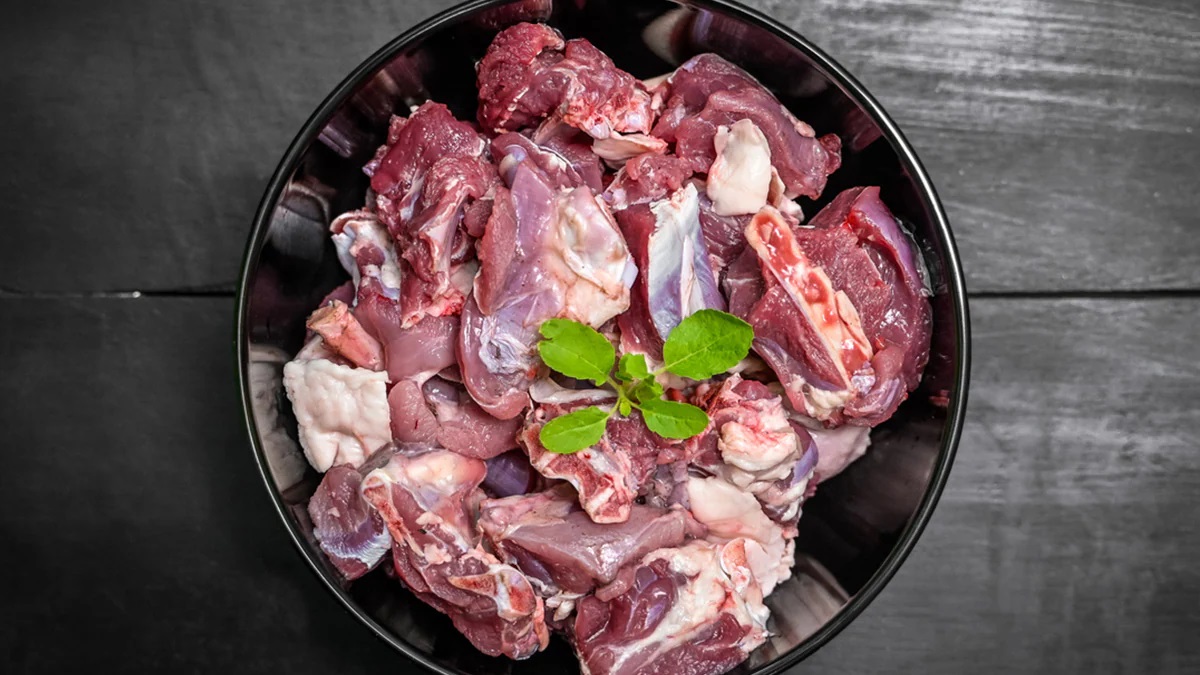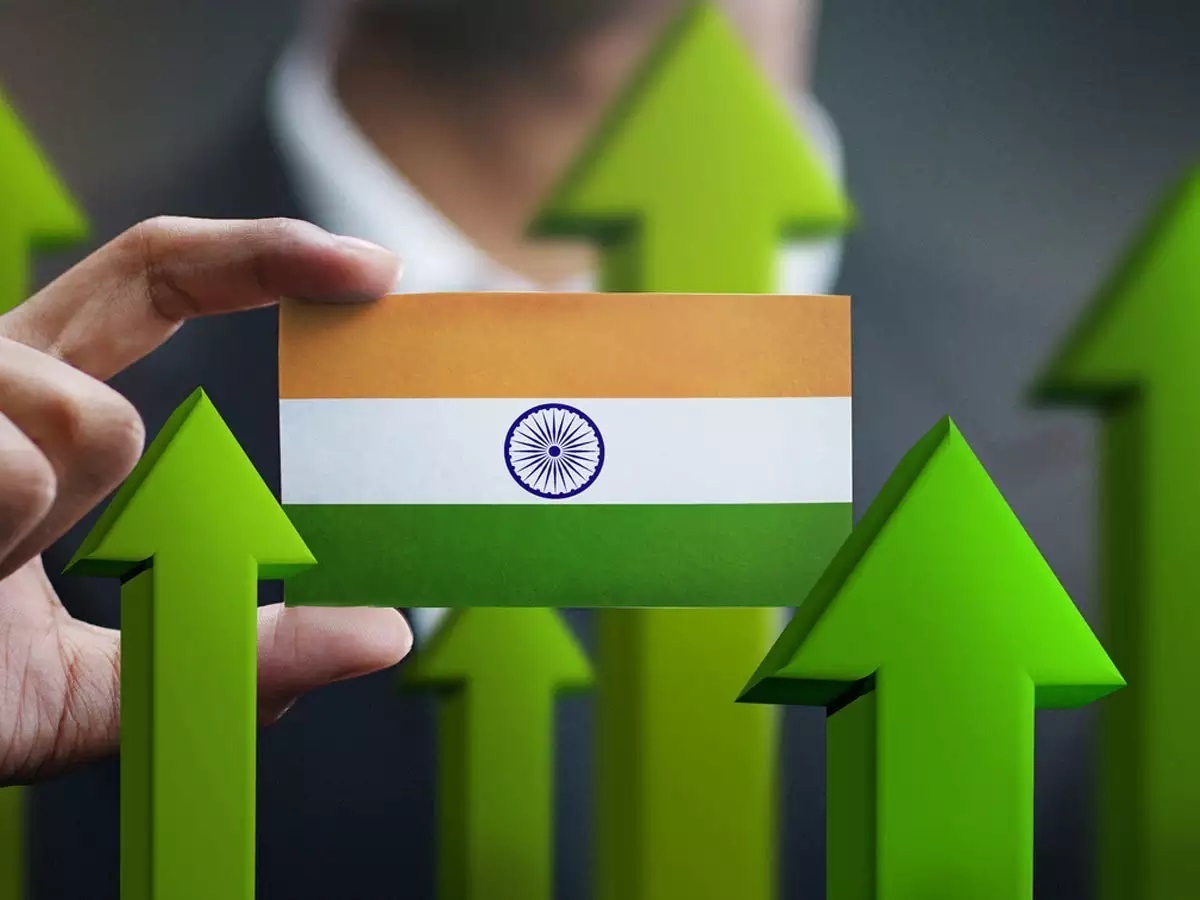
Washington- The United States has granted its first ever approvals to two companies to sell chicken grown directly from animal cells, becoming only the second country to allow lab-grown meat to be offered to consumers.
The US Department of Agriculture (USDA) approved food safety systems at facilities of Upside Foods and Good Meat, a spokesperson for the agency told AFP Wednesday, with the companies adding the products would be available soon at select restaurants.
Both Upside Foods and Good Meat were cleared on safety grounds by the Food and Drug Administration in November, and the USDA last week reviewed and approved their product labels to ensure they were not misleading.
“This approval will fundamentally change how meat makes it to our table,” said Uma Valeti, CEO and founder of Upside Foods, in a statement.
“It’s a giant step forward towards a more sustainable future — one that preserves choice and life.”
Josh Tetrick, CEO of Good Meat, the cell-cultured food division of Eat Just, added its “cultivated meat” was now “approved to sell to consumers in the world’s largest economy.”
Producing the meat in large, high-quality volumes is expensive.
But, following approval, Upside processed its first order, placed by three-Michelin-star Chef Dominique Crenn’s restaurant Bar Crenn in San Francisco.
Good Meat, meanwhile, started production of its first batch that will be sold to celebrity chef and philanthropist Jose Andres.
Andres will sell the product at a yet-to-be-revealed restaurant in the capital Washington.
Several start-ups are aiming to produce the so-called lab-grown meat, which would allow humans to consume animal protein without the associated environmental harms of farming or animal suffering.
The products differ from plant-based substitutes such as soy burgers that mimic the texture and flavor of meat but do not contain any animal protein.
Eat Just was the first to receive authorization to make artificial meat, in Singapore in 2020.
While succeeding in the general lab-meat market has proven complicated, some companies have set their sights on pet food, whose consumers are less picky.
Bond Pet Foods, a Colorado start-up, is creating animal protein from a microbial fermentation process to feed dogs.
– Eco-friendly? Perhaps not –
Lab-grown meat involves first harvesting cells from a living animal or a fertilized egg, to establish a cell bank that can be kept for decades in deep freeze. They are then cultivated in steel tanks where they are fed nutrients similar to what animals would eat.
After several weeks, the result product is “harvested” from the tank and molded into shapes, such as chicken filet or satay.
While lab-grown meat has been billed as an environmentally friendly alternative, researchers from the University of California, Davis pushed back against this assumption in a study out last month, which hasn’t yet been peer reviewed.
They found cultivated meat’s environmental impact is likely to be “orders of magnitude” higher — at least in the case of beef, based on production methods.
This is because of the energy required and greenhouse gasses emitted across all stages of production.
One of the most significant factors is the use of “purified growth media” or the ingredients used to help animal cells multiply, in methods similar to those used by biotechnology firms to make pharmaceuticals.
“If companies are having to purify growth media to pharmaceutical levels, it uses more resources, which then increases global warming potential,” said lead author Derrick Risner.
A widely reported 2022 survey of 2,000 US adults by the nonprofit Farm Forward found two-thirds said they would eat cultivated-meat products. (AFP)
Follow this link to join our WhatsApp group: Join Now
Be Part of Quality Journalism |
Quality journalism takes a lot of time, money and hard work to produce and despite all the hardships we still do it. Our reporters and editors are working overtime in Kashmir and beyond to cover what you care about, break big stories, and expose injustices that can change lives. Today more people are reading Kashmir Observer than ever, but only a handful are paying while advertising revenues are falling fast. |
| ACT NOW |
| MONTHLY | Rs 100 | |
| YEARLY | Rs 1000 | |
| LIFETIME | Rs 10000 | |













